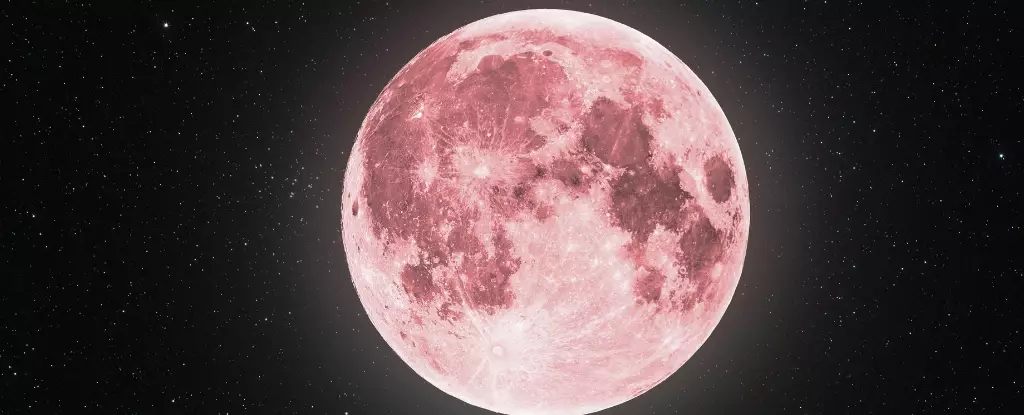The Lyrid meteor shower, a spectacular annual event, is currently underway from April 15 to April 29. While it was most active on Sunday night to Monday morning, it will still be visible for the next week. An exciting aspect of this year’s shower is the alignment with the April full moon, also known as the “pink moon,” which will rise at 7:49 p.m. ET on Tuesday night. The brightness of the supermoon might make it challenging to see the shooting stars, but there are ways to increase your chances of spotting them.
For those in the Northern Hemisphere, the best time to catch a glimpse of the Lyrids is during the early morning hours after the moon has set and before the sun rises. This means setting your alarm before dawn, around 5:45 a.m. ET on Wednesday, for the best opportunity. At this time, the moon’s glow won’t overshadow the meteor shower. However, if you prefer to observe on Tuesday night while the pink moon is still shining, ensure that your surroundings are as dark as possible. Light pollution can obstruct the view, so finding a secluded spot away from city lights is recommended by NASA.
To optimize your stargazing experience, lie flat on your back with your feet facing east. Look up at the sky with a wide view, avoiding any obstructions like trees or buildings. It may take around 30 minutes for your eyes to adjust to the darkness before the meteors become visible. Due to the brightness of the “pink” supermoon, there may not be as many shooting stars as desired, but the moon itself promises to put on a show.
While the Lyrid meteor shower is a beautiful celestial event, viewing conditions can vary due to factors like the supermoon’s brightness and light pollution. By following these tips and finding the optimal viewing location, you can enhance your chances of witnessing this extraordinary display. Remember to be patient and enjoy the experience, whether you spot a few shooting stars or simply admire the impressive sight of the full moon.



Leave a Reply